Kanuma City is satsuki central in Japan. It’s where the eponymous azalea soil comes from, and it’s home to numerous satsuki nurseries including Rakujyuen.

Rakujyuen satsuki bonsai garden
Rakujyuen is a family business run by Minoru Fukuda, his wife, his son Yoichi, and his daughter Chieko.
Rakujyuen has a good selection of azaleas in a variety of styles. It’s also a go-to for exposed root azalea bonsai.
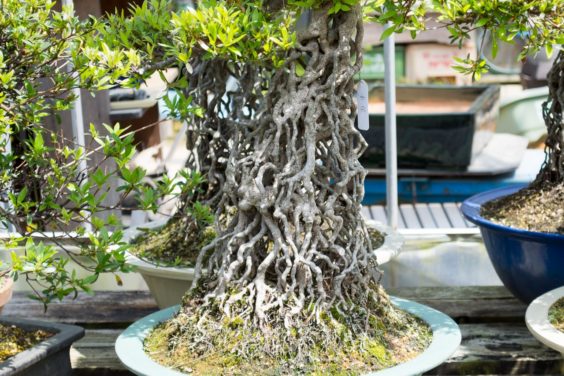
Exposed root satsuki azalea
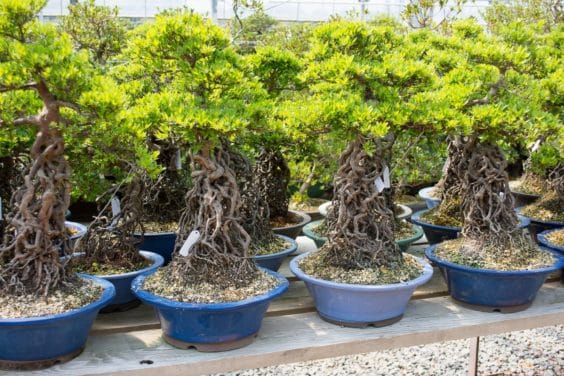
Neagari (exposed root) satsuki bonsai
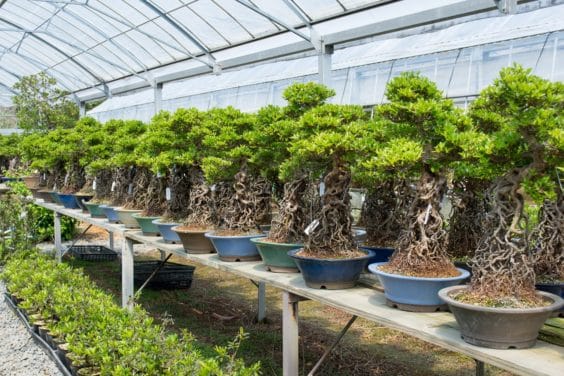
More exposed root satsuki
Some of the trees at Rakujyuen had only begun their container training. Here are two examples that were recently pruned and repotted.
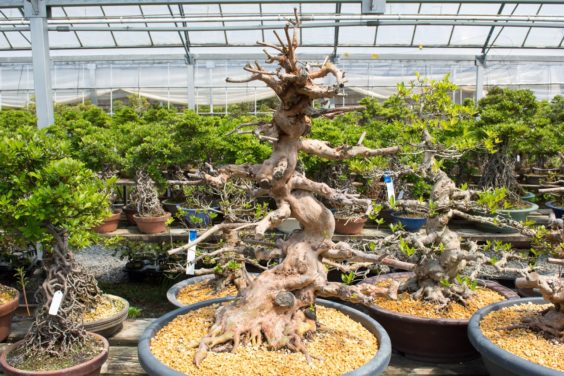
The basics – a trunk and primary branches
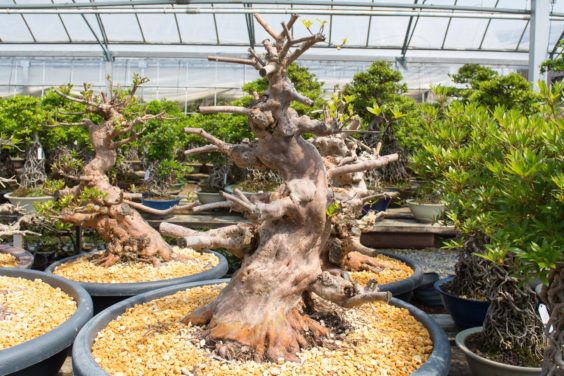
Next step – secondary branches
Some trees come to the garden with large scars or poor primary branching. These trees are often planted in raised beds where they can develop faster than they would in containers.
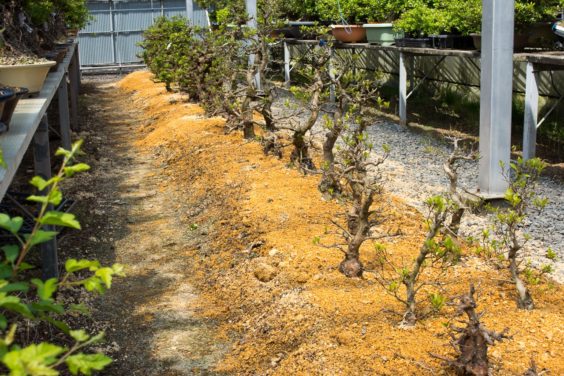
Developing satsuki in raised beds
Of course, Rakujyuen also haw lots of more developed satsuki ranging from young trees to some pretty impressive specimens.
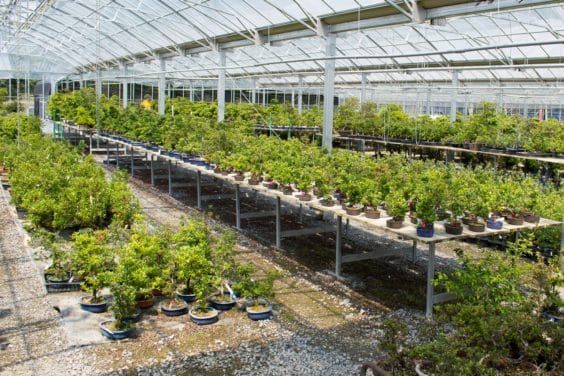
Young satsuki azaleas
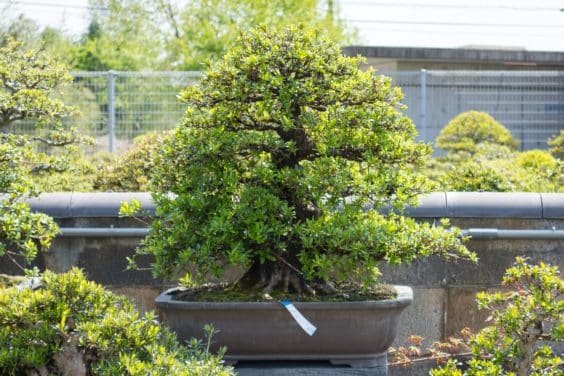
Specimen azalea

Specimen azalea
One of my favorites was in a wood training box. The trunk was massive.

Satsuki with a very large trunk
Up next – more satsuki from Kanuma!
Live Q&A on Facebook this Weekend
Bonsai Empire and I will be hosting a live Q&A on Facebook this Sunday at 11:00 a.m. PDT. What can you expect?
- A live garden tour
- A look at different varieties of bonsai at different stages of development
- Answers to your questions about black pines and whatever else you need to know to make beautiful bonsai
I’m looking forward to meeting as many of you as possible – join us at: https://www.facebook.com/events/261889984219099/
Subscribe to Bonsai Tonight
New Posts Delivered Every Tuesday and Friday
Michael says
I’ m wondering how long it usually take to develop decent nebari and trunk structure with these satsuki in medium or large size bonsai? Really want to see pic or these beautiful bonsai at their first first stage of development with the work of sacrifice branches etc..?
Is the trunk fusion technique used for azalea like the one used for trident maple for instance to achieve fast nebari and large trunk etc?
Jonas Dupuich says
Good question – it can take a long time to produce really large trunks, especially for slower-growing varieties. Sometimes the root fusion technique is used – these can develop surprisingly fast. I’ll show a few pics of some of the earlier stages in an upcoming post.
Michael says
Will wait for it for sure!
I have couples of kurume and satsuki and they are at their early stage.
Struggling to make choice of how to properly start to train them to achieve nice future. Hope your visit to these nurseries with all pic will bring to us more light regarding this topic.